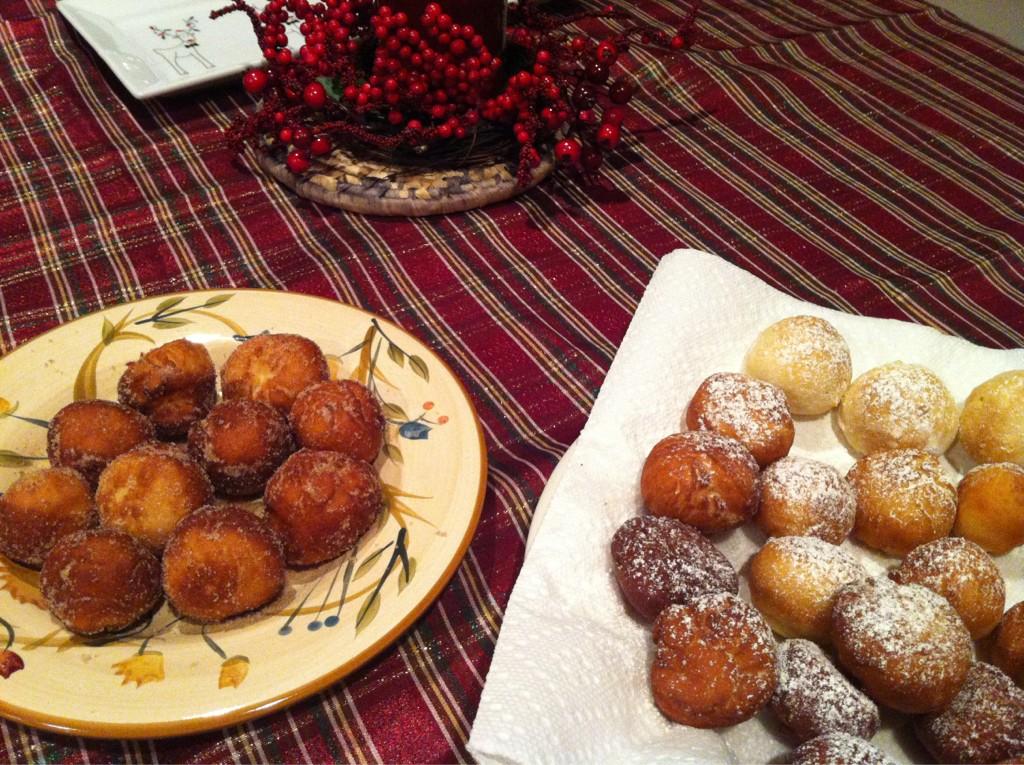
When I first moved to California over 10 years ago, I barely knew about recycling. One of the reasons I stayed was that I felt connected to the people; they seemed to be more laid back and cared about the environment. I hadn't found that to be the case on the East coast. So, I started with recycling. It was a baby step and I knew I wanted to do more.
About the time that being "green" was becoming more mainstream, I met Melinda, co-founder of greenmoms.com, I was amazed at what she was doing in her life to reduce her carbon footprint. I wondered if I could ever do some of the things that she did. What I liked most about her was that she was not judgemental; she just wanted to help people to become a little more green. Whenever I would say that I felt like I wasn't doing enough, she would remind me that it's all about baby steps. Then, she would remind me of the things I was doing versus what I wasn't doing which made me feel good. I often would call myself "chartreuse" because I didn't quite feel green but I certainly had made some strides.
- I started to bring bags with me all of the time. I thought I was doing great by reusing the paper bags but someone pointed out that eventually the paper bags have to get replaced so using reusable bags was better. I could do that.
- I changed the cleaning products in my home. I never thought twice about laundry detergent, cleaners, dishwashing soap, etc. and now I do. Most of the products I buy are environmentally friendly. I keep a solution of vinegar and water in a spray bottle and wipe the counters with that. Did you know that vinegar is a natural disinfectant? It's not only better for the environment but it's cheaper and leaves a very clean smell in the house.
- I became more conscious of buying plastic (and try to buy less), reusing items and reducing the amount I consume. I may not be perfect but I'm better. And if I use some more water or buy something that may not be sustainable, I still think I'm doing better than I was a year ago and I continue to do so. Baby steps.
I realized that instead of thinking someone else could recycle, bring their own bags and conserve more, it needed to be me. I think some times people think they don't have to because someone else is doing it or that it doesn't matter. If we all do a little, it does make an impact. Remember that. And I didn't do it overnight. It was over the course of 7 years.

Worm "hotel" outside on the deck; the wire is to keep the raccoons out.
The worms eat the scraps and produce a natural fertilizer for the garden and plants.
I remember when I first learned about composting, worm bins (ick!) and home gardening. I didn't think I could do it because of a combination of my brown thumb and the amount of effort I thought it was. But, it got to the point that I was feeling guilty about what I was putting in the garbage. Although food breaks down, it doesn't always decompose the same way that it does in plastic bag. I think another motivator for me was watching my friends who had composters and gardens. I'll admit there was some peer pressure but in a good way.
As a chef and cooking instructor, I felt I needed to be comfortable with growing my own food. I would often say that I was great at preparing food once it came out of the ground but didn't know how to create it. After much deliberation, we decided to start with a raised bed garden in the backyard. This was more than just a baby step but I felt like I was ready. With some help from Doniga Markegard of Designs by Doniga, we worked out the location of the garden. She suggested I start with a worm bin. Although this sounded a little gross, I decided to go for it.
After attending a composting workshop sponsored by the county, I finally got my facts straight and realized I was ready. I now have an active worm bin, garden and the composter is almost ready for assembly. When I think about how far I've come, even from a few years ago, I'm amazed. If you are reading this and think it can't be you, just try to take those little baby steps. You might surprise yourself with what you can do. Here are 5 things you can do to be a little more green in your every day life:
- Keep reusable bags with you all of the time. Leave 10 in your car so even if you forget to put them back, you'll have extra. Don't ask for bags for big items that can be stacked in the trunk.
- Change your cleaning products to ones that are more environmentally friendly.
- Ride your bike or walk every once in a while.
- Use less water by filling a basin or the sink to wash the dishes. Don't let the water run. And if you feel comfortable, try the "two pees to a push" rule with the toilet. We did this growing up but it was because of our septic system. I find my kids do it naturally because they are usually running back to playing and simply forget.
- Last but not least, when you can, buy food that is local and seasonal. Think about the effort to get a strawberry to you in January or apples from New Zealand in the spring. It's almost winter now. Choose winter vegetables and fruits and look at where they are from. Just think about it a little more. Who knows, maybe you'll keep it so local that you'll get it from your backyard instead of the store?!

Children can be very interested in what's growing in the garden;
they may surprise you and actually try it!
How to Cook ChardCut up the stems of the chard; don't throw them out. They taste great.
- Olive oil
- 1/2 onion, chopped
- Ground pepper (experiment with other spices, too)
- 1 head of chard, chopped with stems, placed in a large bowl of water to remove dirt
- Salt
2. Remove chard from bowl, placing your hands into the water and scooping out the chard. This is better than pouring the water as some of the dirt might stay on the leaves. Continue cooking chard until tender and wilted, and the water has evaporated. Cover if necessary.
3. When the chard is cooked, season with salt and possibly more oil.





